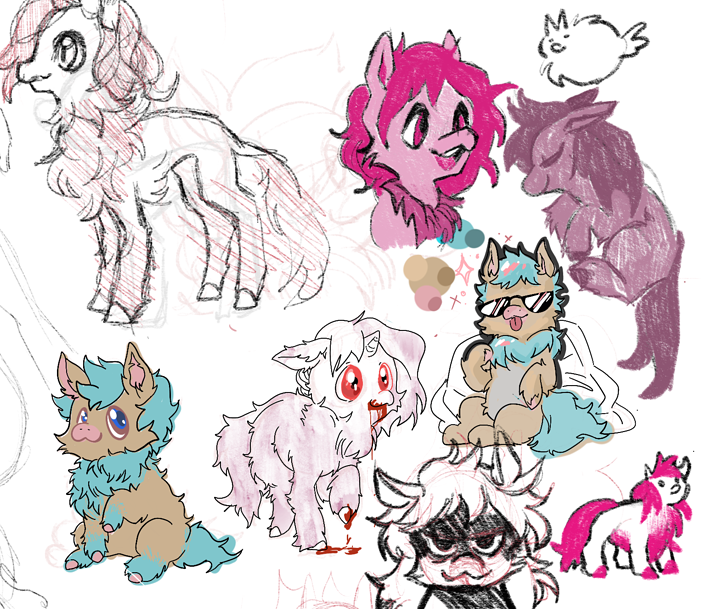FLUFFY LIFE CYCLE ~ Explained
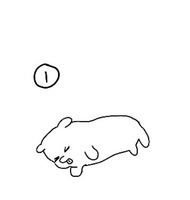
Figure 1. Newborn - Born blind and deaf like many newborn mammalians, newly birthed fluffies can only smell for their dams and call for help, a sound which resembles a peep or chirp. The most vulnerable of the fluffy life stage, chirpies are often killed by siblings or dams by accident or as a mercy if they fear it may not survive. Newborns are mostly hairless depending on their genetics. Unicorns will have a small nub on the forehead which protects the core of the horn until the keratin around it can harden. The wings of a newborn pegasus will often appear as finger-like protrusions from either shoulder and will not fully form until much later.
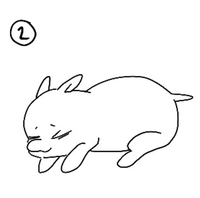
Figure 2. (+5 days) Chirpy - If a newborn survives past a few days, it will begin to “chirp”, which gives these creatures their characteristic name. At this point, foals will be starting to pick up speech patterns from the surrounding herd or from the dam. Movement is still stunted at this point. Fluff color and patterns will start to appear as a light fur layer that savvy breeders can use to carefully identify rare foals from the litters.
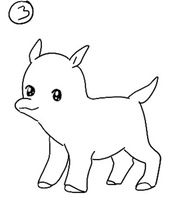
Figure 3. (+10 days) Foal - Movement is fully realized at this point, however some foals have trouble bearing the weight of their heads. Hoofpads have formed and foals are usually babbling speech at this point. Fur color and patterns should begin to be obvious at this point. Wings and horns on the special variants grow a bit more during this life stage. The dam or caregiver should be weaning the foal onto a kibble diet at this point.
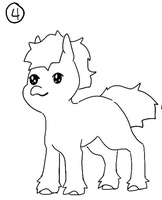
Figure 4. (+1 month) Fluffling - The mane and tail will begin to grow in and join with the rest of the body’s fluff. The wings and horns should be fully or almost fully developed. Most language and intelligence is capped at this point for domestic fluffies, but feral fluffies may continue to evolve their intelligence. At this age, fluffies can be vaccinated, neutered, and registered which allows breeders to sell legally in pet stores. Female fluffies are generally not spayed due to the high mortality rates of fluffies under anesthesia.
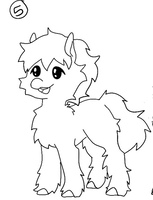
Figure 5. Yearling (+11mo-1y) - Adolescence for fluffies. This is the age puberty will set in for female fluffies, who will go into heat every 3 weeks. This event leads to menstruation, which can sometimes be troublesome for some keepers. A veterinarian can prescribe owners daily medication which can mitigate the heat cycle and protect females from unwanted pregnancies, as well as any hormones that cause bloating and emotional discomfort during the heat cycle. Male fluffies who are not neutered may become unruly when they begin to rut, which is why fluffy stallions beyond this age are generally not considered great pets.
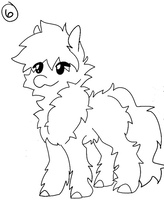
Figure 6. Adult fluffy (2 years) - The fluffy coat is fully grown in. Adults can be easily differentiated by the thick layer of fur around the neck, called the ruff. A healthy fluffy with regular veterinary care, dental cleanings, and a safe environment can live happily in domestication for 4-6 years in most cases. The short life span of fluffies can be attributed to their heightened susceptibility to disease and illness due to their compromised immune system and their fragile, chimeric internal structure. For this reason, domestic fluffies require very diligent care by their keepers. Keeping their environment clean and free of germs is essential for their health. It’s suggested by some veterinarians that specialize in fluffy husbandry that keepers should keep their full-coated adults shaved down to a hygiene clip in order to make daily grooming easier.

Figure *. Elder (4+ years) - The oldest recorded domestic fluffy lived to be 6 years old. In a 2019 study, selected families were provided with fluffies from breeders which they had produced for genetics favoring longevity and stability. These fluffies were placed in families that kept them safely over a 10 year period. The study ended early out of necessity when the final fluffy died of old age just 2 days shy of his 7th birthday. The 2019 longevity study is often cited when those interested in husbandry are discussing the fleeting nature of fluffy life spans. In the wild, feral fluffies may live up to 10 if their intelligence and social group allows.
Author’s note: Hi! This was my attempt to lay out my interpretation of the fluffy life cycle. I think there’s still much to be discovered! Apologies as I am new to the community and I’m unsure of meaning of some tags, but I’m sure I’ll catch on soon. Thanks! Here’s some bonus doodles!

